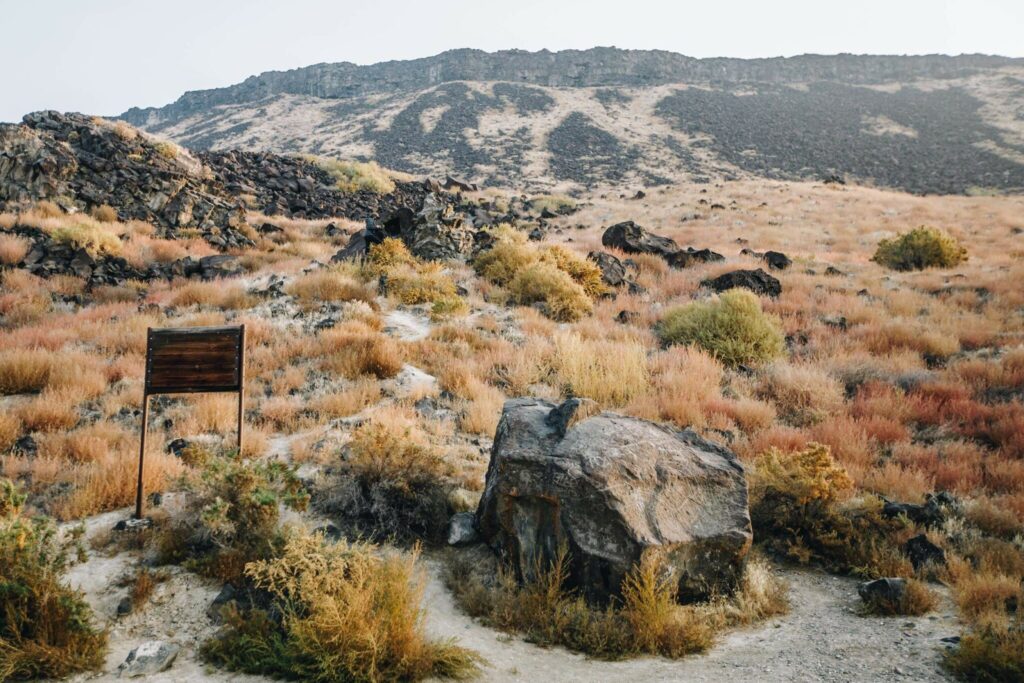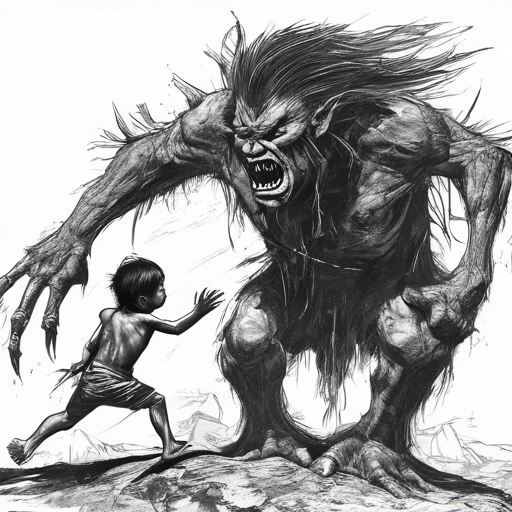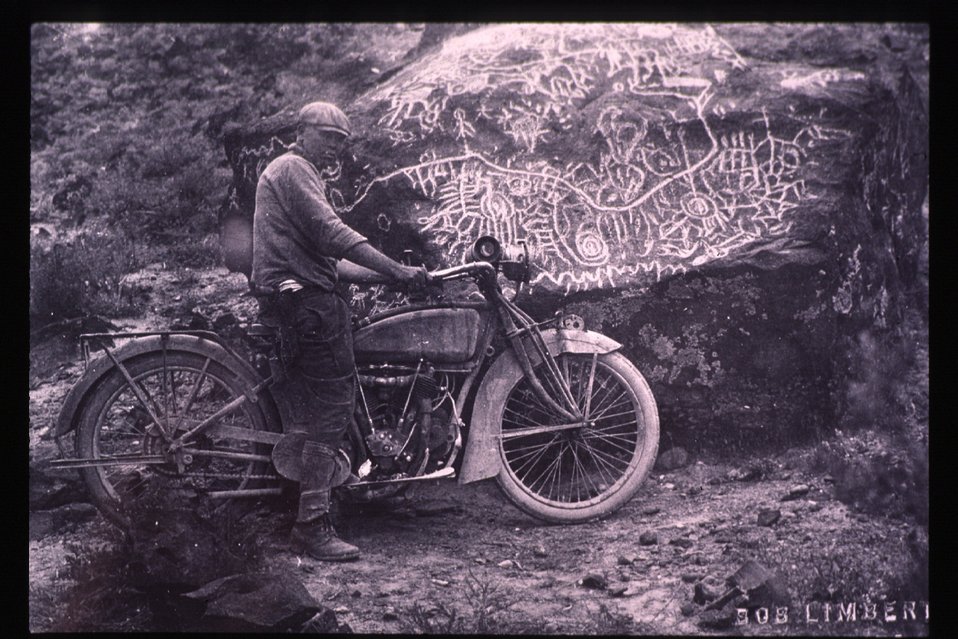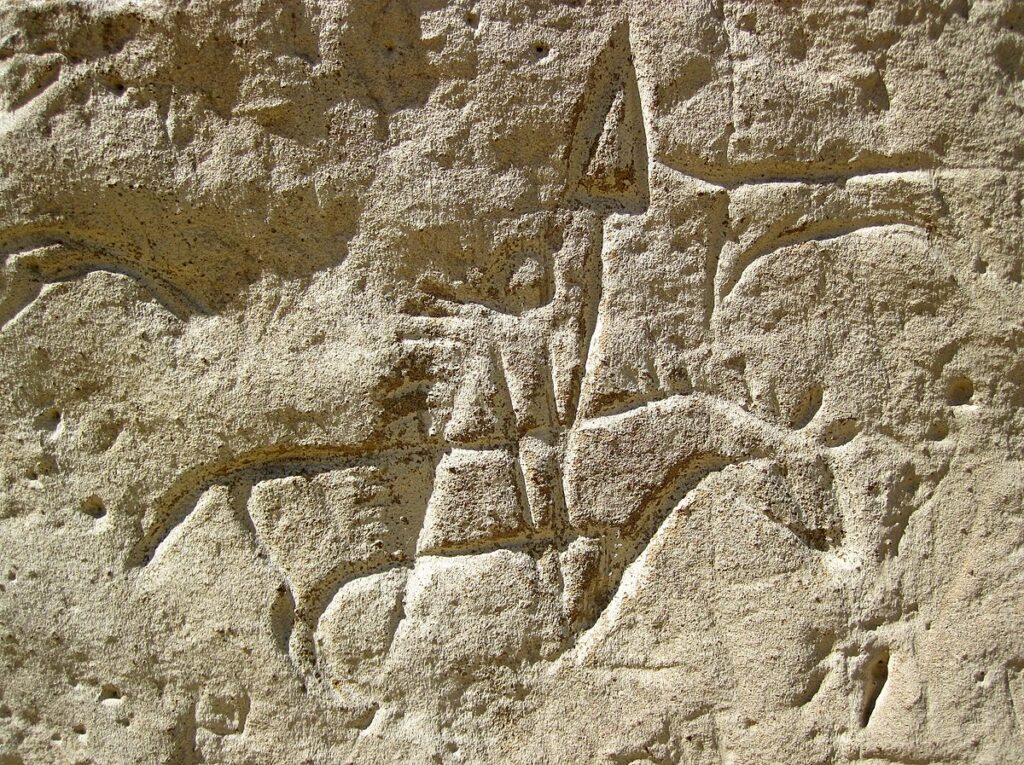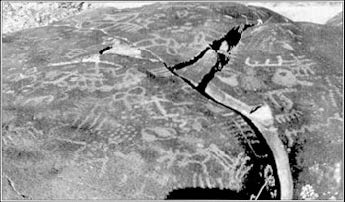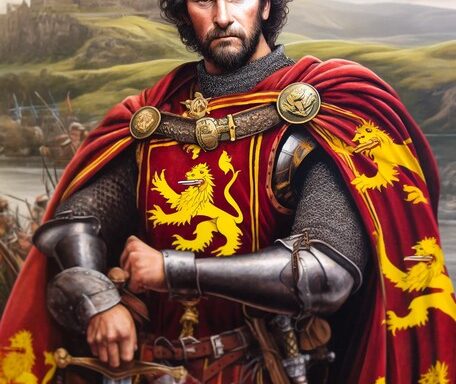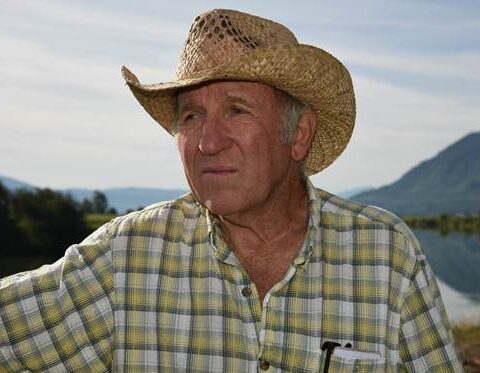The following story was originally published by Ancient American, Volume 6, Issue 41, page 9. I have rewritten much of this article, for easier reading and posterity.
All of the facts are in tact, as originally told, with edits to the language.
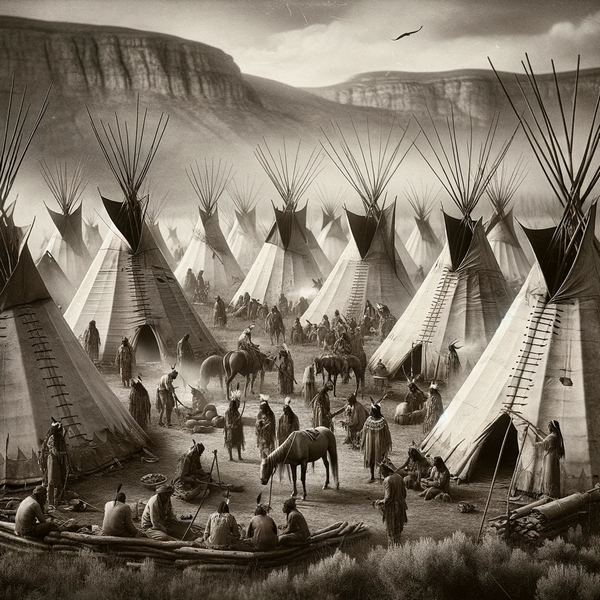
Native Americans, such as the Shoshone preserve oral traditions which speak of a time, very long ago, when their ancestors came into conflict with giants that roamed the region, interfered with activities. These tribal accounts show some resemblance to biblical stories of a pre-flood world likewise inhabited by giants. For example, Genesis tells of the Nephilim and the Giants. The Dead Sea Scrolls affirm that these giants sprang from the union of fallen angels with the daughters of men. They were heavenly ‘watchers’ assigned to protect mankind, but were instead seduced to father a race of giants. These were fallen angels, “sons of God”, the Wnai Elohim (Job 38.7). Stories of giants are not confined to the Old Testament or Native American traditions, however. Although varied from region to region, their fundamental similarities present a haunting commonality. The giants had a thirst for blood, and, because of this thirst, were violently swept away by a great deluge. After the flood, we do not know how, but there was a second incursion of these creatures unleashed upon the Earth.
So-called “scientists” often dismiss such stories as mere fables. They explain widespread belief in giants found among cultures around the planet as the result of a ‘collective unconscious,’ or universal fear of overwhelming forces beyond their control. These same conventional archaeologists likewise deny the occurrence of any natural catastrophe, such as a deluge, powerful enough to obliterate a previous world order. Geologists, however, continue to uncover more evidence establishing that truly cataclysmic flooding did indeed take, when areas inhabited by early human population centers in Europe and North America were overwhelmed by major pluvial events. The violence of these catastrophes and the ten or more millennia that separate their time from ours have obscured almost all physical evidence of that pre-diluvian era. But more imperishable than material artifacts are the tribal memories of peoples whose ancestors actually survived. Something of those memories may have survived in the Owyhee Country. There, a river, reputed to be one of the deepest on the North American continent, is surrounded by walls so steep that sunlight never penetrates to the banks far below. Near the headwaters of the Bruneau River stretches the legendary land of the giants who terrorized the Shoshone forefathers, frightening them from their ancestral hunting grounds.
These were found in the Pine Nut Mountains, along the Jarbridge River. Here, the huge Tsawhawbitts, evil spirits in superhuman form, ravaged the Indians. Their old stories tell that these giants possessed an appetite for human flesh, and could cross creeks with a single step, or scale mountains in few strides. They chased and captured people, putting hapless victims in huge baskets, which they carried to the mountaintop for cannibal feasts. Some Tsawhawbitts gazed from a single eye, and hopped around on one leg. They were sometimes observed high on the rocky peaks digging for unknown objects. People learned to stay far from these lofty crests, because the giants, in addition to their prodigious size, were known to exercise supernatural powers. They could paralyze their prey with a glance from their large red glowing eyes, then harpooning their quarry with razor sharp hooks. The natives so feared such peaks, that present-day natives still refer to central Idaho’s Sawtooth Mountains as the Coapiccan Kahni or Giants House. A Shoshone version describes Tso’apittse, a rocky giant with pitchy hands that fed upon human flesh.
Tribal elders repeatedly warned their young to be careful around the pools of water at the springs, as these were dangerous areas inhabited by evil-spirited giants. Staring into the water, allowing one’s image to be reflected, would conjure the giants to the surface. Was this a mythic recollection of the titans supposedly overwhelmed in antiquity by the Great Flood? The Shoshone legend adds that the giants could be killed by fire or ice, but using these weapons took enormous courage and cunning. If a Tso’apittse was found in its deep mountain cave, a large fire was built at the entrance, and allowed to eventually burn inward until the giant was consumed or smoked-out. Other stories tell of the use of ice.
One night, a Tso’apittse kidnapped a little girl and promptly ate her. In its greed, the giant returned for her parents and added to its bag. The Tso’apittse soon found the father, chased and captured him, then put him in the basket. But on the way back to the mountain peak, the man escaped, and ran ahead to the cave. A freezing blizzard began outside, while he filled the cave’s entrance with trees and branches. When Tso’apittse returned, he tried to free the obstructing materials, but they were lodged in too tightly. During the night, the father could hear the giant whining. By morning, the sounds had ceased. The Tso’apittse was frozen to death. Tales such as these have been told and retold for unknown generations in tribal communities. Memories of events surrounding the evil giants lived on through oral tradition, which are still considered factual by many Native Americans.
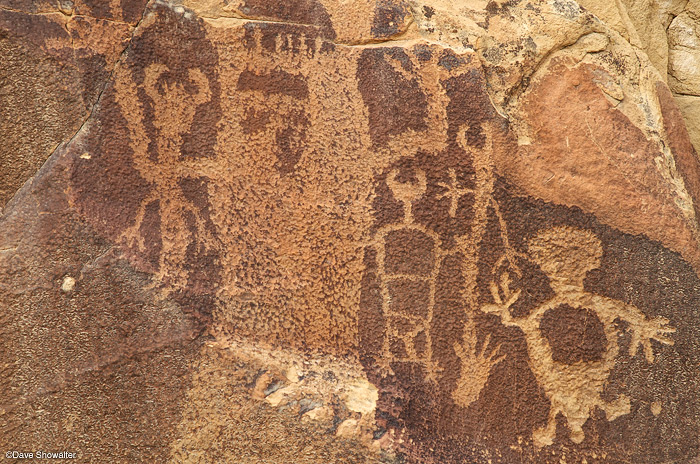
The oral traditions were eventually memorialized into numerous rock petroglyphs throughout the Sawtooth Mountain area. So-called “scholars” often describe the petroglyphs as the meaningless scratching of bored Indians. Several anthropologists have used terms such as idle scrawls and doodles to characterize native rock art. But for a preliterate people, such images still resonate with tribal memories of a time in the very deep past, when giants and monsters were purged from the Earth by a Great Flood. These petroglyphs are their only memorials, preserved in the otherwise incomprehensible marks of ancient rock art, and the minds of those who maintain the old ways.”
